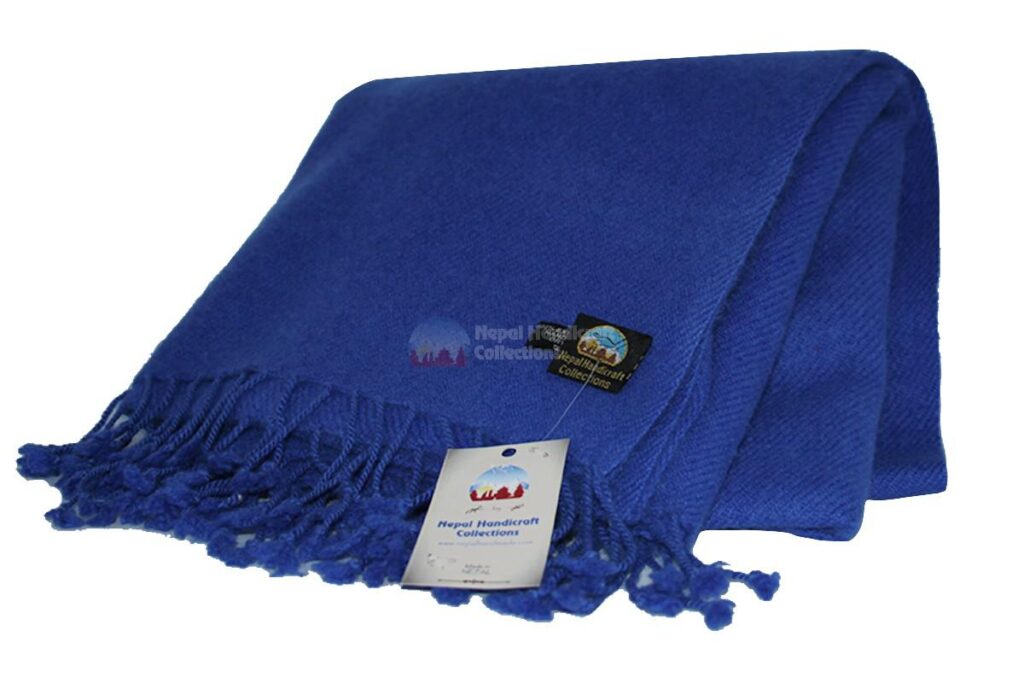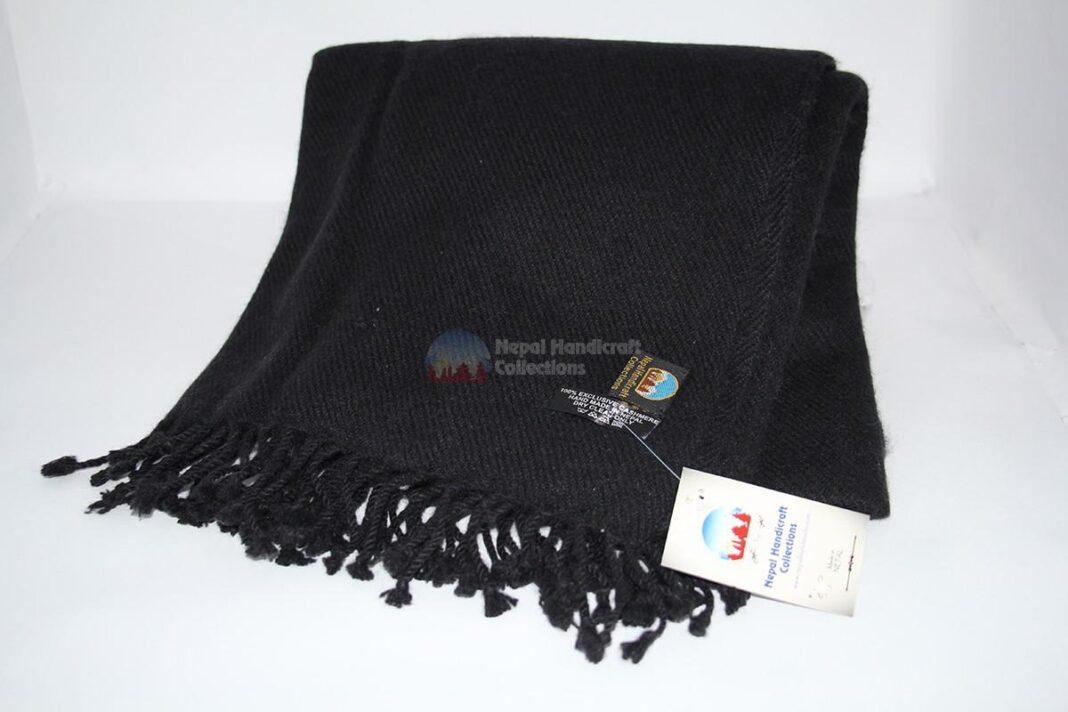Nepalese Pashmina, often referred to as “soft gold,” is one of the world’s finest and most luxurious fabrics. Known for its incredible softness, warmth, and durability. Nepalese artisans have made Pashmina an integral part of the country’s rich handicraft tradition for centuries. Beyond its aesthetic and functional qualities, Pashmina represents a deep cultural heritage, connecting generations of artisans through their shared passion and dedication to this exquisite craft.
This blog explores the origins of Pashmina, its meticulous production process, and why it continues to be a prized possession worldwide.

The Origins of Pashmina in Nepal
The history of Pashmina dates back to ancient times when Nepalese artisans mastered the art of weaving fine wool into delicate shawls and scarves. The word “Pashmina” comes from the Persian word Pashm, meaning “soft gold” or “wool.” Traditionally, Nepalese artisans made Nepal a major hub for the Pashmina trade by producing high-quality shawls that royals and elites across the Himalayan region, India, and beyond eagerly sought. This rich history reflects centuries of cultural exchange along the Silk Road and Himalayan trade routes, where the demand for these luxurious textiles shaped both local economies and artistic traditions.
The Production Process: A Labor of Love
Creating authentic Nepalese Pashmina is a time-intensive and intricate process that requires skilled craftsmanship. Here’s how it is made:
Finishing Touches – Before being transformed into luxurious scarves, shawls, or stoles, the fabric undergoes a meticulous process of washing, stretching, and softening.
Sourcing the Wool – The wool comes from the undercoat of the Changthangi goats (Capra hircus) found in the cold, high-altitude regions of Tibet and Ladakh. These goats naturally shed their fine undercoat, and collectors then gather, sort, and clean the wool.
Spinning the Yarn – Skilled artisans hand-spin the raw wool into ultra-fine yarn using traditional spinning wheels. This delicate process ensures the fabric remains soft and lightweight.
Weaving the Fabric – Skilled weavers use handlooms to create intricate patterns and designs. Traditional weaving techniques passed down through generations ensure that every Pashmina product maintains its authenticity and quality.
Dyeing and Embellishing – Artisans use natural dyes to give Pashmina shawls their vibrant hues, preserving their eco-friendly appeal. Many artisans also add intricate hand embroidery, making each piece unique.
Nepalese Pashmina: A Global Sensation
Despite increasing competition from synthetic imitations, Nepalese Pashmina still holds a distinguished place in the global luxury market. Its unmatched quality and softness make authentic Pashmina highly sought-after by fashion connoisseurs, designers, and collectors around the world. High-end fashion houses and boutique designers often collaborate with Nepalese artisans to incorporate genuine Pashmina into exclusive collections, further elevating its status on the world stage.
Why is Nepalese Pashmina So Special?
- Unmatched Softness & Warmth – Pashmina is lighter than regular wool, yet it offers superior warmth, making it an ideal choice for year-round comfort.
- Handmade Elegance – Every piece is crafted with precision, making it unique.
- Sustainability & Ethical Sourcing – Skilled artisans produce authentic Nepali Pashmina using traditional, eco-friendly techniques.
Countries like the U.S., the U.K., Japan, and European nations have a high demand for Nepalese Pashmina, and it remains a sought-after souvenir for tourists visiting Nepal.
Preserving the Legacy of Nepalese Pashmina
In recent years, Nepali Pashmina artisans have struggled due to rising machine-made alternatives and a surge of counterfeit products. In response, the Nepalese government and various organizations have taken proactive steps to safeguard the authenticity of Pashmina by introducing certification systems like the Chyangra Pashmina trademark, ensuring buyers receive genuine, high-quality products. In order to restore interest in artisan craftsmanship, these initiatives also include customer education workshops and training programs that teach traditional skills to the next generation.
Supporting local artisans, promoting fair trade, and educating consumers about authentic Pashmina can help preserve this centuries-old craft.
Shop for some authentic Nepali Pashmina products? Visit the Shop.




